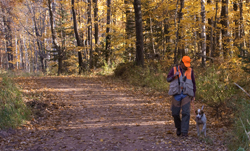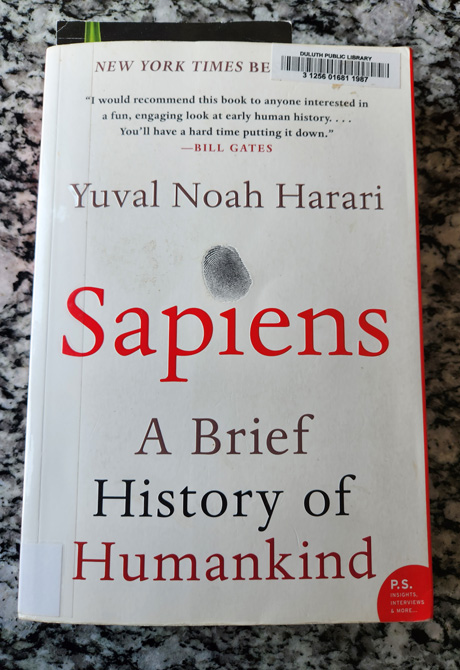Dogs and Homo sapiens
“A 15,000-year bond has yielded a much deeper understanding and affection between humans and dogs than between humans and any other animal.”
~ Yuval Noah Harari, Sapiens
No wonder Jerry, me and all our clients form such strong bonds with our dogs. It’s in our DNA.
Sapiens, by Yuval Noah Harari, is not, as the subtitle suggests “a brief history of humankind.” Rather it is a sweeping history of the genus Sapiens and its impact on our planet. Harari is well qualified to write a book of this magnitude. He holds a PhD in History from Oxford University and teaches History at the Hebrew University of Jerusalem.
One aspect that makes this such a good book is the clear, direct writing style of Harari. Another is simply the compelling subject. Where did we come from and how did we get where we are today?
About 50 pages into the book, this passage leapt off the page. From perhaps “15,000 years ago” to perhaps “thousands of years earlier,” dogs and humans began living together.
“The dog was the first animal domesticated by Homo sapiens, and this occurred before the Agricultural Revolution. Experts disagree about the exact date, but we have incontrovertible evidence of domesticated dogs from about 15,000 years ago. They may have joined the human pack thousands of years earlier.
“Dogs were used for hunting and fighting, and as an alarm system against wild beasts and human intruders. With the passing of generations, the two species co-evolved to communicate well with each other. Dogs that were most attentive to the needs and feelings of their human companions got extra care and food, and were more likely to survive. Simultaneously, dogs learned to manipulate people for their own needs. A 15,000-year bond has yielded a much deeper understanding and affection between humans and dogs than between humans and any other animal.”
* Readers of this post shouldn’t need visual proof of the deep bond, affection and love between dogs and people…but just in case, scroll through the photos in our posts and on our sidebar.





